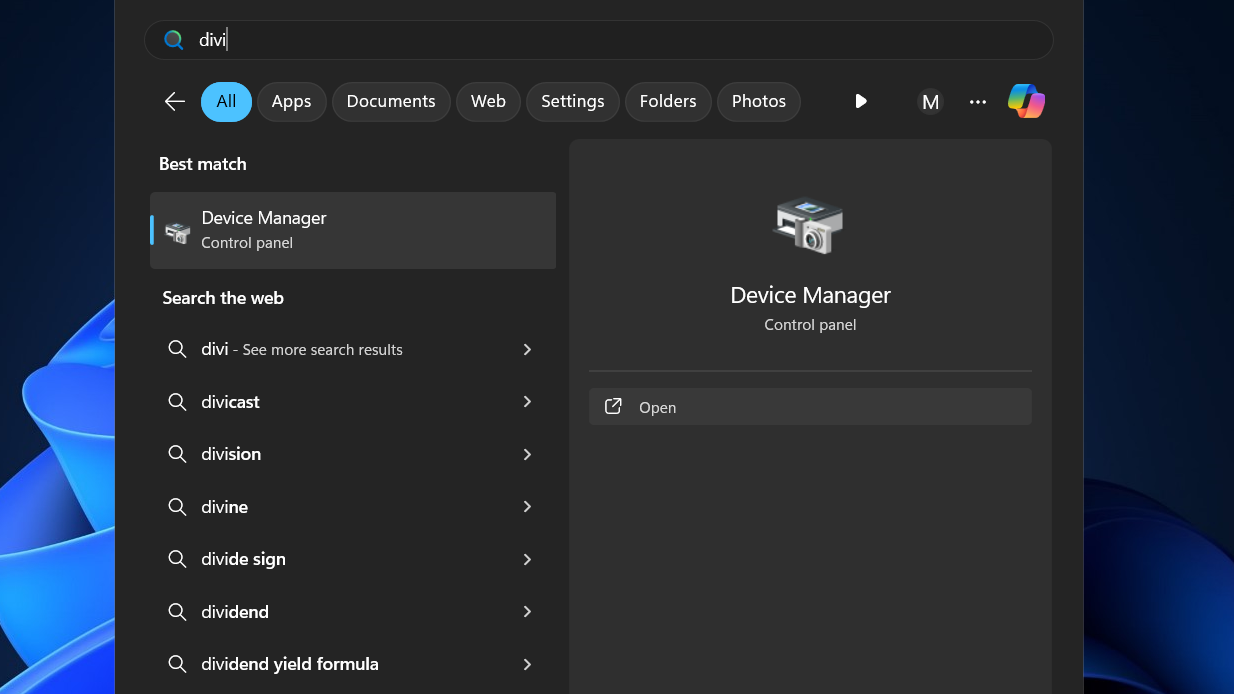Physical Address
304 North Cardinal St.
Dorchester Center, MA 02124
Physical Address
304 North Cardinal St.
Dorchester Center, MA 02124
To answer the question “What is my graphics card” You will have to first understand what is a graphics card also known as GPU. The GPU(graphics processing unit) is a very important part of your PC(personal computer). The basic function of your GPU is to process all the graphics of your work. The better the GPU is the better the graphics performance, For gamers or editors this part plays a very vital role in getting more FPS and smoothness in your work. You can follow some simple ways that are listed below.
This article will guide you through various methods to identify your graphics card. We will cover:
A graphics card, also known as a video card, display card, or GPU (Graphics Processing Unit), is a piece of hardware installed in a computer to process and render images, videos, and animations. Its main function is to handle the graphical computations required by applications, games, and the operating system, freeing up the CPU (Central Processing Unit) to handle other tasks its like the friends of the CPU who work with him and also free some load off.
B. Types of graphics cards (Integrated vs. Dedicated)
There are typically two types of GPUs Integrated and Dedicated. Integrated GPUs are found in laptops and Macs it is like a small chip that is included in the laptop. The dedicated is a GPU which is found in all desktops which means you can change it with whatever GPU you like. Commonly desktop GPUs are more capable than integrated GPUs because the integrated have some less power and are downgraded to generate less heat because of their compact size and location.

2. Now click the arrow beside the display adapter option as shown below.

3. If you want to get the properties you can double-click the graphics card option and can open the properties options.


2. Now select the performance options from the sidebar and at the last row you can see your graphics card and its details.


2. Now click on this Mac option and you will see the properties of your card.

A. GPU-Z (Windows)
You can download and install third-party software to check your graphics card like GPU-Z and Speccy. To download click on the link provided below.
For GPU-Z : https://www.techpowerup.com/download/techpowerup-gpu-z/
For Speccy : https://www.ccleaner.com/speccy/download
For today’s Conclusion, we have learned how to check my graphics card. We have lern the whole process and different ways to cheak your information and the important of GPUs.
We have explored several methods to identify your graphics card: